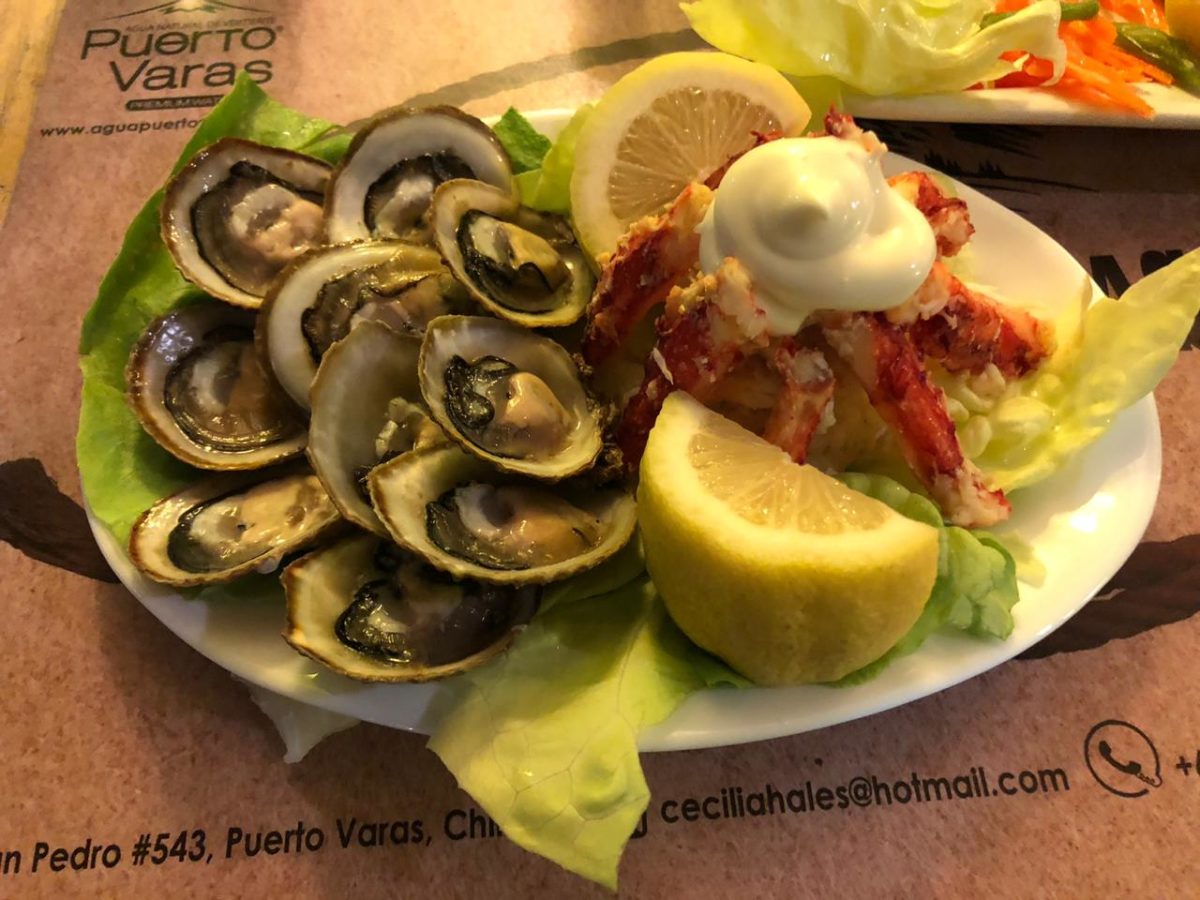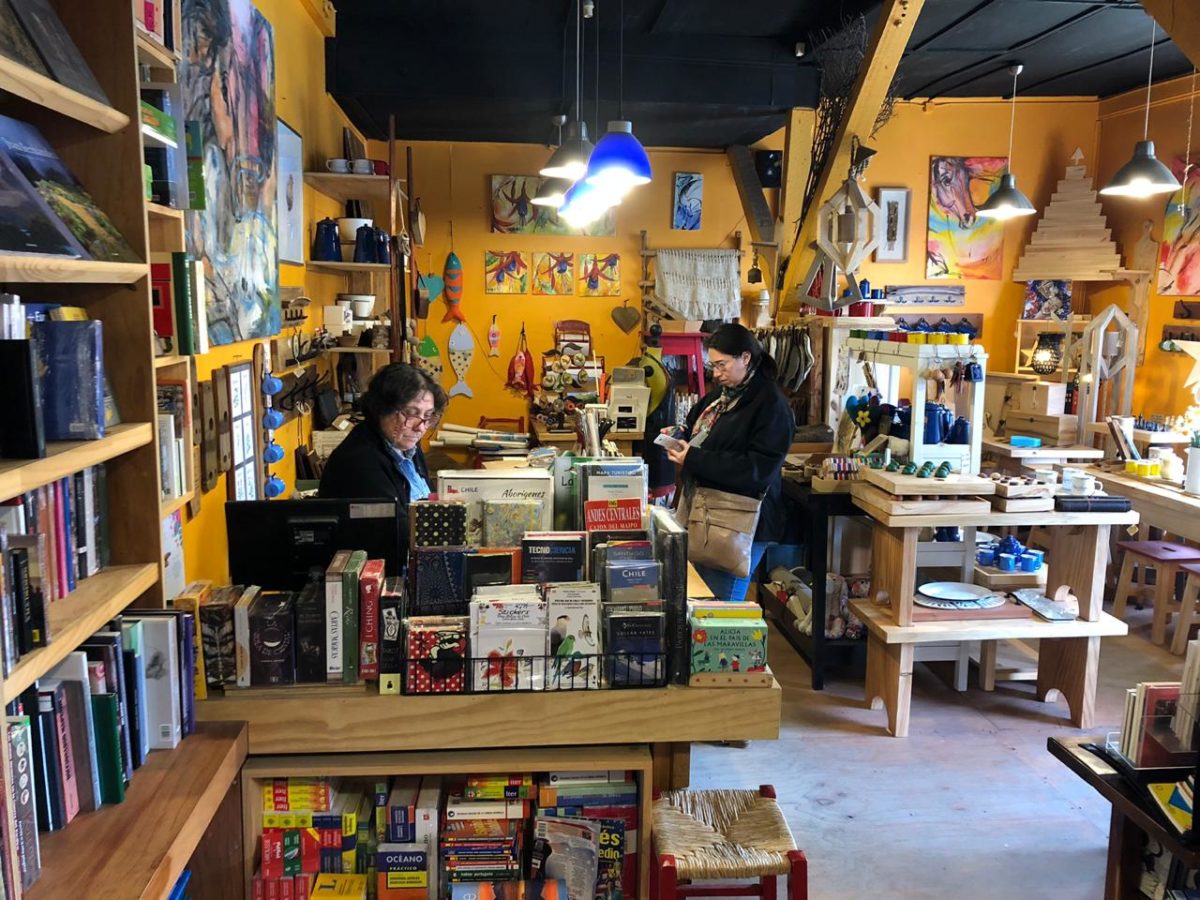Sometimes a town is so small that everybody knows everyone but also large enough to get lost and not be found. A town can be located on banks of a lake with two volcanoes looking over it, and yet the streets and walking on them can make one forget the towering snow-covered cones. Patagonia starts from this town and goes all the way south, to the tip of the world, Cape Horn. For me though not just Patagonia, but Chile starts here. Here in Puerto Varas.

The region del Lagos translates to the region of the lakes and is not just a geographical region but a whole state of Chile. The Germans came here in the late 19th century and settled. My guide says they contaminated the locals. The Germans contaminated them with the work ethic that they got along from Europe. In 10 years the region was changed from being a loose settlement of countryfolk to being Chile’s first industrial hub. This back in the early 1900s. No wonder, as we enter the town on a road running parallel to the lake Llanquehue, the very first building that you see is the German school adorned in in its national colors. Puerto Varas feels like Bavaria decided to come to the South Pacific.
How to get to Puerto Varas?
- A flight from Santiago to Puerto Montt and then by road in 30 mins.
- OR From Bariloche on a lake crossing over the Andes. Nothing beats this!
Read more about the lake crossing in our South America itinerary.
The lake region here and in general in North Patagonia feels like the Alps, I have heard. I haven’t been to the Alps, so whenever I meet people from the countries where the Alps reside, I ask them how do they feel here. “It is similar but so much wilder” is what I often get to hear. There is beauty in being pretty, but there is a certain charm in being wild. The southern you travel in the Chilean Patagonia, Wild itself gets redefined. For now, though let’s stay in the Lake Region in this part of South America.

Things to do in Puerto Varas
- Excursions: From Climbing Volcanoes to Rafting in the river.
- Café Scene in the city. Spend an entire afternoon taking it easy. The bars are still beer-centric speaking of which P.Varas hosts the October fest too.
- Outdoor sportswear. Lippi is the local brand to buy Jackets and stuff.
- All Handmade! I have not seen so many hand-made stuff being sold in a square kilometer.
- Walk around the lake Llanquihue (jaan quii huey) and on a clear day stare at Osorno and the Kalbuko Volcano.
The lake region is also where Chile’s 70 active volcanoes erupt every now and then. The last eruption was in 2015 when Mount Kalbuco gave out so much of fire that the cloud of ash closed Bariloche’s airport in neighboring Argentina for an entire week. Chile erupts but the winds blow easterly to Argentina to cover an entire stretch of land with nitrogen-rich ash. However, without the rain, Argentina still feels like a desert. Chile on the other side is fertile.
Driving through the countryside and away from the highway, the farmlands come into view and they stretch for so long, that the cows grazing on them seem minuscule over the distance. Nestle owns most of these fertile lands marked with small Nestle logo, which somehow feels bigger than the pastures themselves. As Tata is to tea gardens in India, Nestle is to South Chile.
Coming back to the Puerto Varas which at times just makes me sit and want to do nothing, not even talk to the locals. Eat, yes and maybe just stare out of the window of a café to the street, or out to the lake llanquihue and over to the volcanoes. Or just stare in space, feeling lost in this little town, with no desire to find anything, not even me.
Best of the food scene
- Seafood not too expensive: Las Buenas Brasas / expensive.
- Drinks: La Barista (They have heating outside).
- Icecream: Pudu (artisanal and very good)





